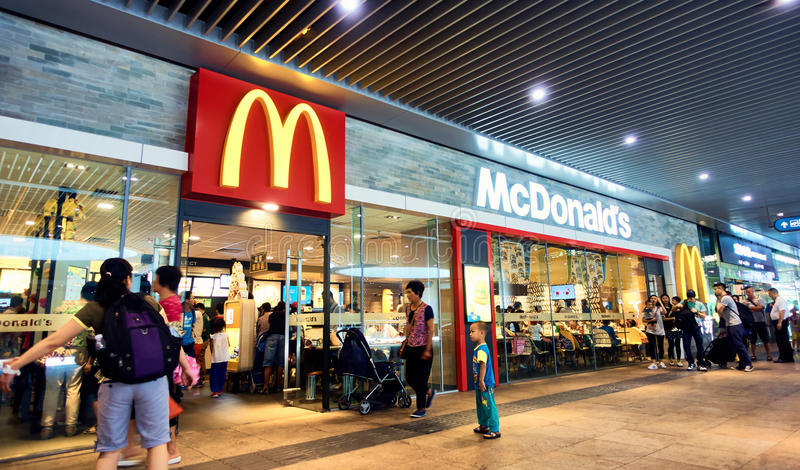Amit Jatia, a convinced vegetarian, was 14 years old when he came to McDonald’s.
It was in Japan and all he could have had was a smoothie.
He loved it.
He is now the man behind McDonald’s in India, responsible for the company’s phenomenal growth in the country.
Family vegetarian values
When the American fast-food giant first contacted him in 1994, Amit’s first challenge was near his home and convinced his vegetarian family to invest in the business.
The thought process is in full force.
McDonald’s was ready to rule the minds and hearts. They promised that there would be no meat or pork on the menu.
It makes sense that McDonald’s is serving vegetarian food in India as many Indians are vegetarian.
Big Mac Beef Burger is the registered trademark of the company worldwide. Amit and his partners had to find their own product for India for the Maharajah Mac Chicken to be born.
He then bought the McDonald’s stake and runs the chain only in the south and west of the country.
The Changes That Were Necessary
It is not an easy travel war.
His research shows that of 100 treated in 2003, he ate only three months.
If you like 20 offensive burger names like Aloo Tikki Burger, a schnitzel burger with mashed potatoes, peas, and Indian spices.

Now, Essen is for 100 companies in 9-10 gestures and McDonald’s in India, more than 320 million boxes per day.
“Whether you are McDonald’s, the most popular and the most popular in the world in terms of formula,” said Edward Dixon, chief operating officer of Sannam S4, a multinational in India, Brazil, and China.
“Localized menu, quality at cost price. Its tip, its tip, is its most effective resource, it is an entrance ice cream, despairing interested merchants.
New Market With New Customers
The type of customers that McDonald’s moves to India are very different from other countries.
Families with young children still visit frequently. Guests also include many young people between the ages of 19 and 30 who are childless.
During the week, according to Amit, this crowd dominates the restaurants.
I wanted to see how true it was and decided to have lunch at McDonald’s at the busy market in Lajpat Nagar, Delhi.
To my right, a young IT worker is sitting at a McSpicy window and having a Skype meeting on his laptop. A group of students shares a meal on my left.
But the most interesting thing is the two tables behind me.
A table has two older couples in serious conflict; The other has a shy woman and a man trying to speak amidst the shortage.
With a little espionage, I consider it to be a traditional pairing, but in a modern Indian way.
The parents presented potential friends who had their first formal meeting under the watchful eyes of their mothers and fathers. Meanwhile, parents work out the details of the planned wedding at a full Mac Maharaja meal.
Amit’s research, therefore, seems correct: Unlike McDonald’s, there are hardly any parents with young children here.